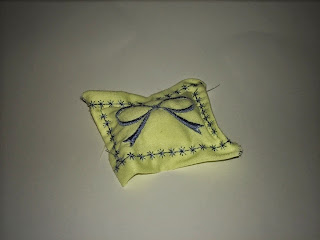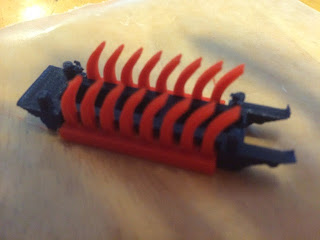- An option to upload and trace a picture. This is necessary because I do not have enough computers for the group. I saw a similar activity at the Detroit Maker Faire and I thought hand drawn images would be more natural.
- Ability to add both internal and external features on the cookies. What I would really like is two layers so the cutters could imprint on the cookie as well as cut through the cookie.
- Ideally an online app so I do not have to download anything.
- Obviously an easy way to output stl files I could use with my printer.
CookieCaster: http://www.cookiecaster.com/#editor
Online app for drawing outline of cookie cutters. This makes for a fun group project because you can scan and upload hand drawings into the editor and trace them. The downside is that this editor only does a cookie outline and not the insides. Here is an example we did:
Cookie Cutter Editor: http://www.local-guru.net/blog/pages/cookiecutter-editor
Downloadable cookie cutter editor. Uses a programming language called processing (written in java). I could not get the MacOS stand alone version to work so I tried to download processing and run the source directly. Still was missing some libraries so I gave up on it. Looking at the examples I do not think it would work much better than CookieCaster and could not get any of the internal details I wanted anyway.
Thingiverse: http://www.thingiverse.com/apps/customizer/run?thing_id=116042&code=2633da7762519236fd52412f6c8bf143
Thingiverse has one of their customizable apps. This one was really nice because it could do some internal details. Seems to only have one height but having details is better than the other two. However, this app also only had an option for online editing and no way to upload a picture. It was also a difficult interface to master. For example, it does not handle overlapping editing very well and was particularly hard to get right with my laptop's touchpad. Here is an examples we made:
http://www.thingiverse.com/apps/customizer/run?thing_id=116042
Although none of the apps seem like they would work, none of them really fit all of my criteria. I am going to have the girl scouts use Cookie Caster since it is the one that works with pictures. Please stay tuned for future blog posts with details highlights from the girl scout projects.
- Dirk


















































